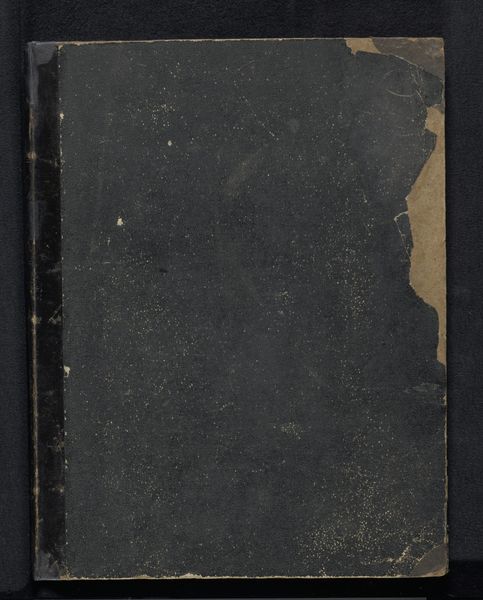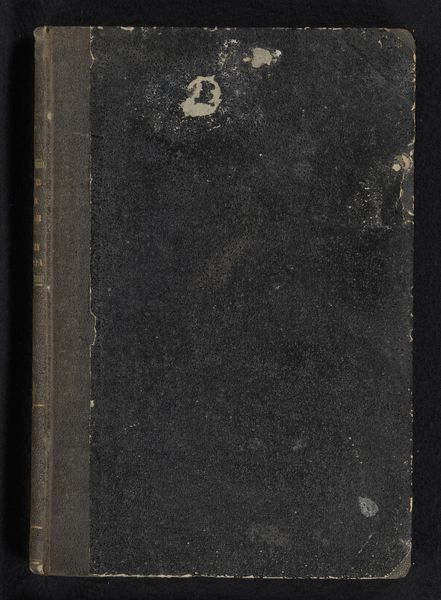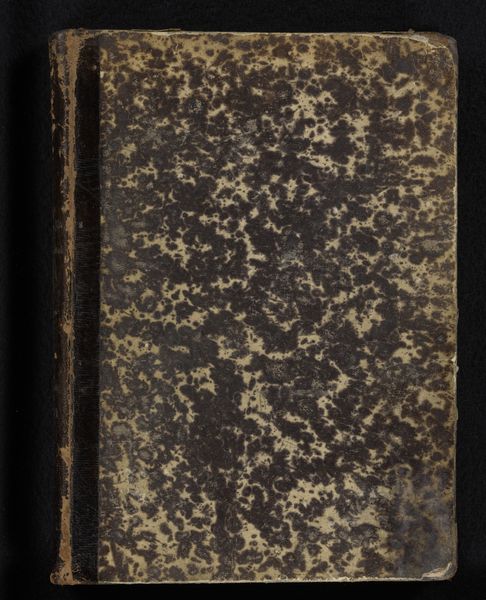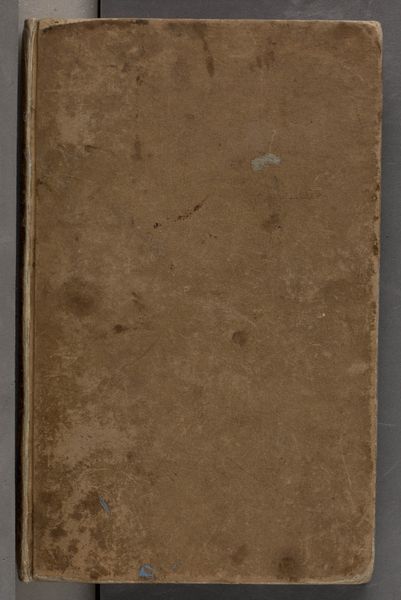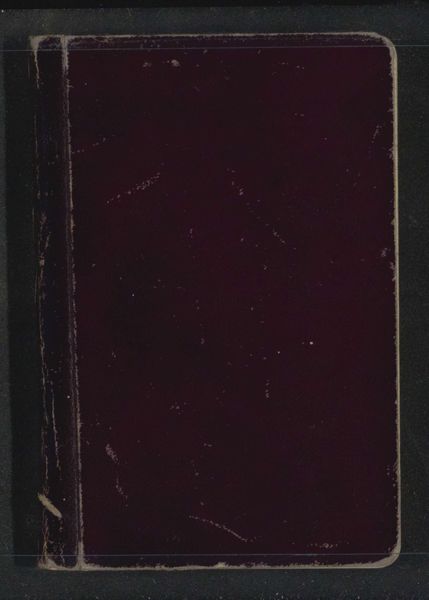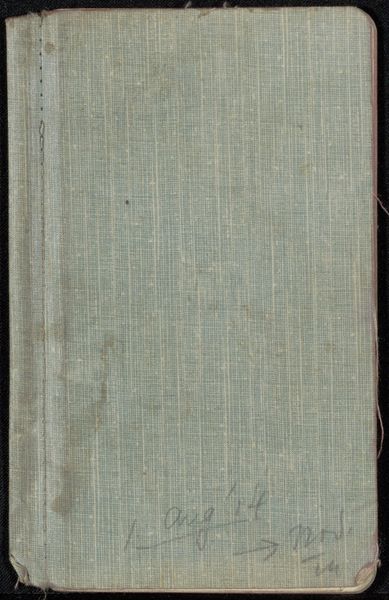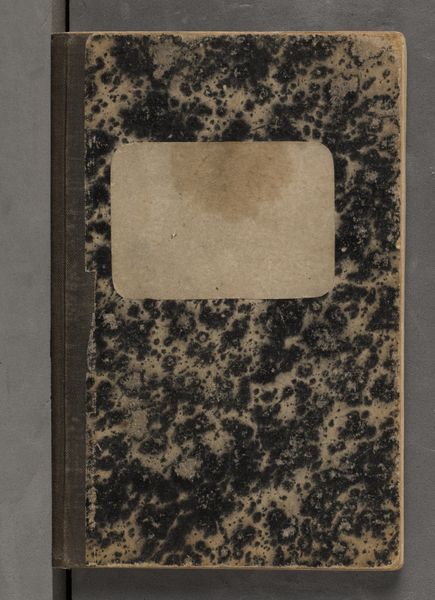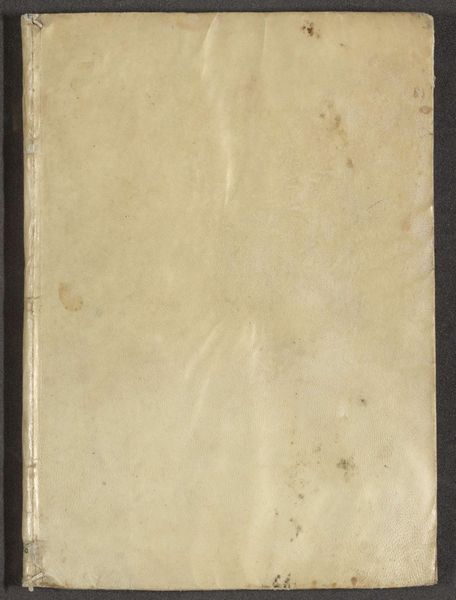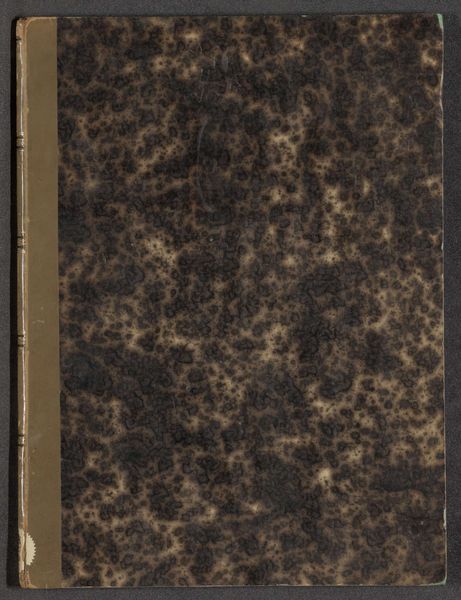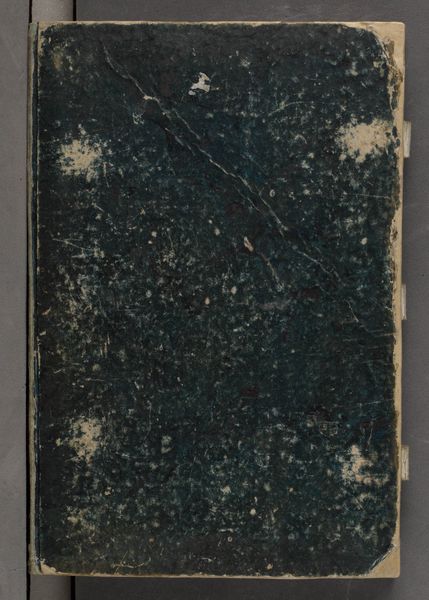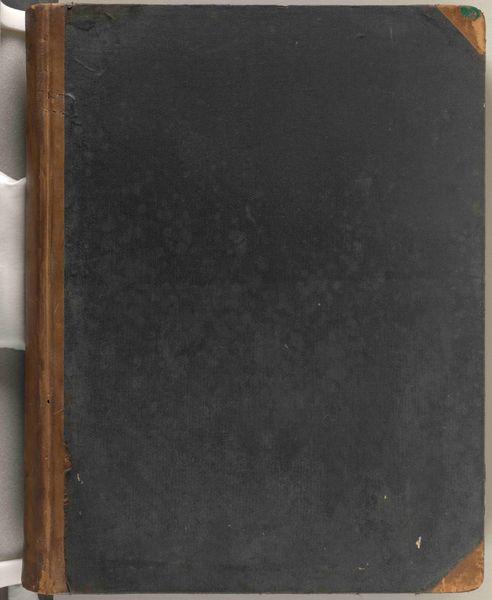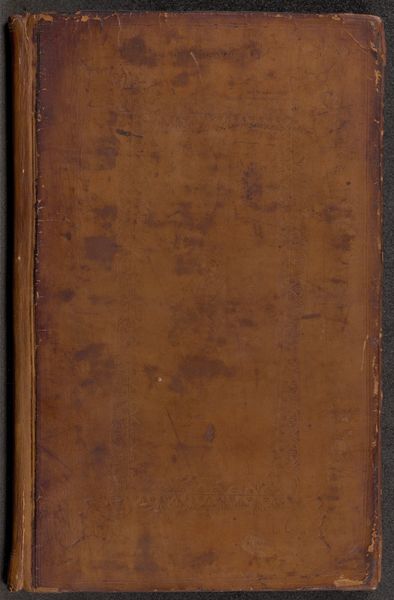
drawing, paper, ink
#
drawing
#
16_19th-century
#
paper
#
ink
#
german
Copyright: Public Domain
This is a sketchbook by Hans Thoma, an artist born in Germany in 1839. Thoma's life spanned a period of immense social and political change, and his art often reflects the tensions between tradition and modernity. Sketchbooks can be intimate objects, revealing an artist's inner thoughts and processes. What can we learn from this particular sketchbook about Thoma's world view, his personal experiences, and his place in society? The late 19th and early 20th centuries were times of great upheaval in Europe, marked by industrialization, urbanization, and the rise of nationalism. How did these forces shape Thoma's artistic vision? Consider the role of art in shaping national identity and cultural memory during this period. Did Thoma's art contribute to these processes, or did it offer alternative perspectives on history and society? How might Thoma's own social background and personal experiences have influenced his approach to art?
Comments
stadelmuseum about 2 years ago
⋮
This small sketchbook initially served Hans Thoma as a diary. Between 26 May and 29 July 1891, he noted down more or less daily who he had met with, which operas he had listened to in Bayreuth, when he had travelled from Munich to Lake Starnberg and much more. However, these summarising, list-like entries still await a complete evaluation. There are few drawings to be found between these diary notes. However, in the book, opened from the back and thus in addition to the notes on the head, there are some quick compositional sketches or reproductions.For a full sketchbook description, please see “Research”.
Join the conversation
Join millions of artists and users on Artera today and experience the ultimate creative platform.
